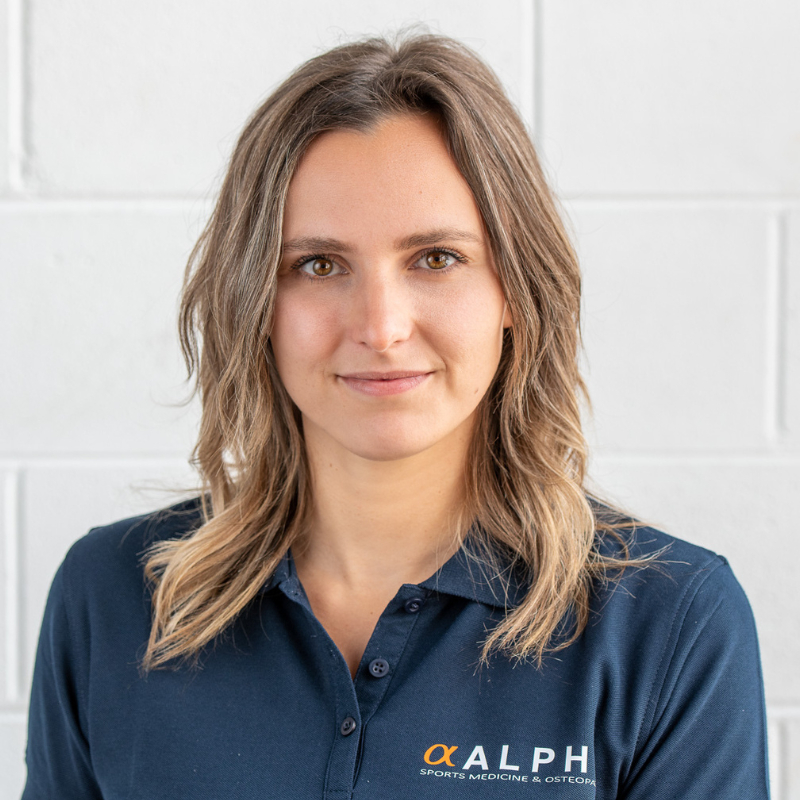Ever wondered why you always have a stiff neck? Or why you always suffer from tight calves? Or even why your lower back always feels as hard as a rock after a long day at work? The answer lies in the workload of the muscles, and how that workload is shared across the board.
To put it simply, we have two groups of muscles in the body:
- Postural muscles: like the upper traps, lumbar erector spinae, hip flexors and calves
- Phasic muscles: like the gluteals, abdominals and deltoids.
Postural muscles. are the muscles responsible for holding you upright, and they require endurance over a long period of time. They are designed to keep up standing upright. The problems we find with postural muscles is their hyperactivity and overuse which can cause tightness and tension, particularly in the neck and lower back.
Phasic muscles are responsible for moving us. These are the explosive muscles; the ones we should be training to be stronger. Often the problem we find with the phasic muscle group is the exact opposite to that of postural muscles, they’re not used enough, so they become weak and inactive.
So why do postural muscles cause us so much pain? Often we talk about imbalances in the body and correcting the balance to restore the function. But what we don’t often talk about is the balance between the workload of the postural muscles and the phasic muscles. Tension and tightness in the postural muscle group can arise when they become responsible for both posture and movement, while the weakened phasic muscles wither away.
How do we correct this imbalance? At ALPHA, using Osteopath techniques and functional assessment, we can determine which muscles are being overused during movement and which muscles are weakened and underperforming. This is a crucial aspect to finding the bodies balance, improving performance, and living pain-free. Then we can provide you with a treatment plan involving hands-on Osteopathic treatment and exercise rehabilitation to correct these imbalances and get you back to living pain-free, improving function and achieving high performance.
Author
-

Dr. Ashton Wilson began her studies with a three year Bachelor of Biomedical Science, where she majored in Anatomy and Physiology. She then switched to a more hands on approach, where she completed a three year Bachelor of Clinical Science and a two year Masters of Osteopathy. Ashton has since completed further education and is a qualified Strength and Conditioning Coach as well as a Kinetic Link Trainer.
View all posts






